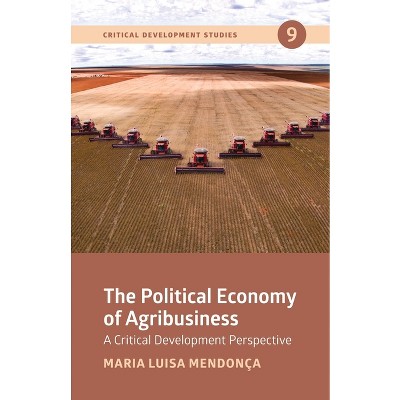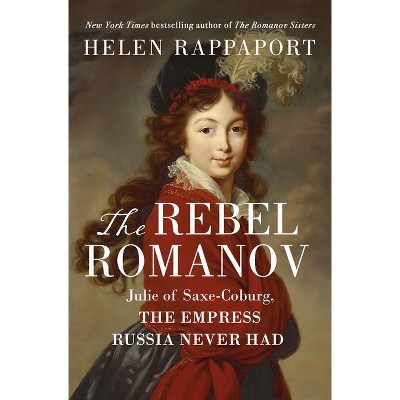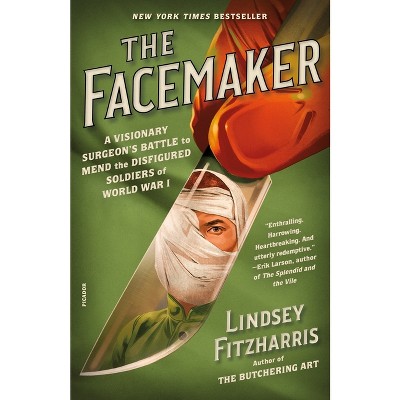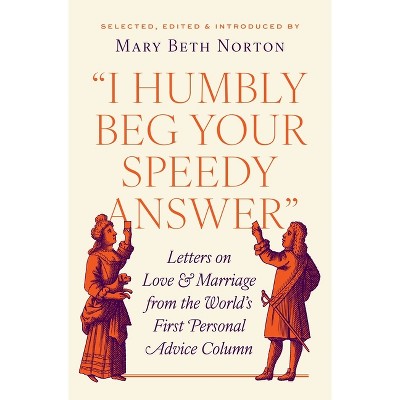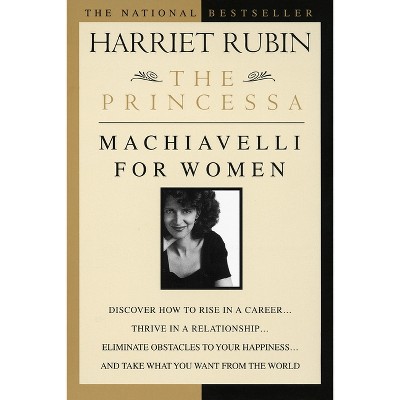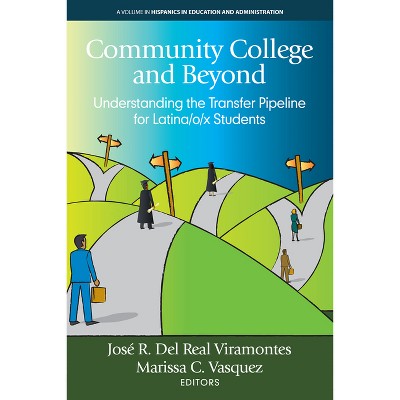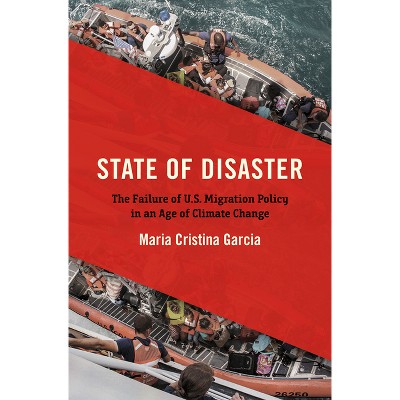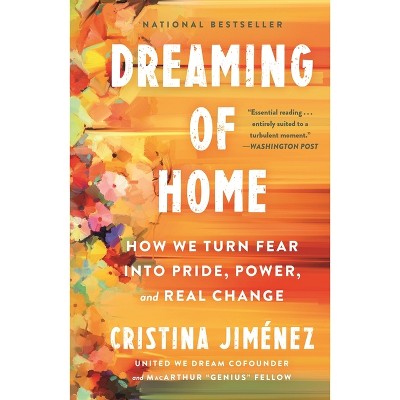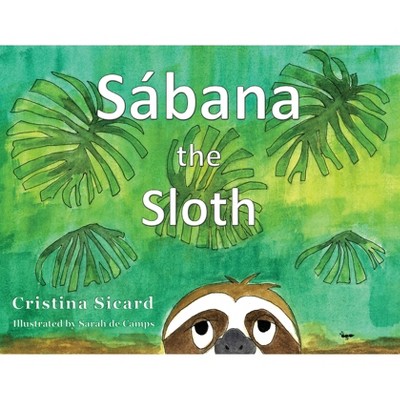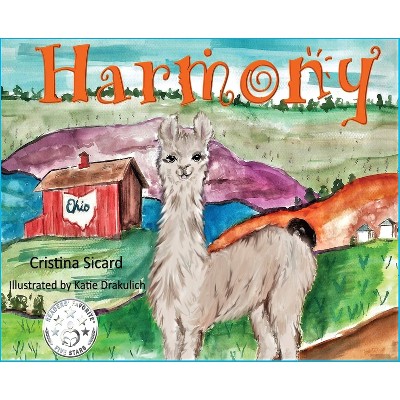Sponsored

Making Hispanics - by G Cristina Mora (Paperback)
$32.00
In Stock
Eligible for registries and wish lists
Sponsored
About this item
Highlights
- How did Puerto Ricans, Mexicans, and Cubans become known as "Hispanics" and "Latinos" in the United States?
- About the Author: G. Cristina Mora is assistant professor of sociology at the University of California, Berkeley.
- 256 Pages
- Social Science, Sociology
Description
About the Book
The question this book asks and answers is notable for its simplicity: how did Mexicans, Cubans, and Puerto Ricans become known as Hispanics in the United States? Mora tells us how and why this happened. During the 60s there were no civic or market organizations that connected the three groups, but by 1990, activists and media executives had forged national, Hispanic panethnic organizations. Even census forms had been modified to incorporate the Hispanic category. By 1980, media executives worked closely with census official and activists to develop programming that introduced Spanish-language audiences to the new Hispanic census classification. Mora tracks the historical emergence of a tight web of organizational networks and links that, even today, help uphold the notion of Hispanic panethnicity. She devotes a chapter to the evolution of Univision from a regional Mexican network into a national Hispanic one, showing the network s heavy involvement in census promotional activities in the late 1970s. (Media executive could use census data to create Hispanic marketing manuals, and the data allowed them to prove to advertisers that their audience was sizeable and national in scope.) Her story unfolds in three steps: first there were the activists, who pressured the Census Bureau to count them; then the activists, supported by the media entrepreneurs, negotiated the Hispanic category with Bureau technocrats; and finally, all three groups worked together to institutionalize and popularize the new category."Book Synopsis
How did Puerto Ricans, Mexicans, and Cubans become known as "Hispanics" and "Latinos" in the United States? How did several distinct cultures and nationalities become portrayed as one? Cristina Mora answers both these questions and details the scope of this phenomenon in Making Hispanics. She uses an organizational lens and traces how activists, bureaucrats, and media executives in the 1970s and '80s created a new identity category-and by doing so, permanently changed the racial and political landscape of the nation. Some argue that these cultures are fundamentally similar and that the Spanish language is a natural basis for a unified Hispanic identity. But Mora shows very clearly that the idea of ethnic grouping was historically constructed and institutionalized in the United States. During the 1960 census, reports classified Latin American immigrants as "white," grouping them with European Americans. Not only was this decision controversial, but also Latino activists claimed that this classification hindered their ability to portray their constituents as underrepresented minorities. Therefore, they called for a separate classification: Hispanic. Once these populations could be quantified, businesses saw opportunities and the media responded. Spanish-language television began to expand its reach to serve the now large, and newly unified, Hispanic community with news and entertainment programming. Through archival research, oral histories, and interviews, Mora reveals the broad, national-level process that led to the emergence of Hispanicity in America.Review Quotes
"A compelling work of scholarship that is appealing to students of ethnic identity, sociology and organizational theory."
--Hayagreeva Rao "Stanford Graduate School of Business"
"Mora has written an excellent and scholarly contribution to our understanding of the origins of the concept of 'Hispanic' and 'Latino.' It is a nuanced study that eschews political correctness, whether of the Left or Right, and instead documents the politics of ethnic labeling and identity."--Mario T. García "University of California, Santa Barbara"
"A model and masterpiece. . . . No more is needed, except of course the exceptional talent of a Mora, to produce this (almost) perfect work of sociology . . . Mora's is an American story twice over, which should be heeded in a Europe that, to paraphrase LBJ, still prefers to 'trash' its immigrants."-- "European Journal of Sociology"
"Well researched. . . . Berkeley sociologist Mora's archival research unearths the confluence of important organizations and US institutions that together created a new brand of Americans who are still on the cusp of being accepted as full members of the US community. . . . Recommended."-- "Choice"
"How did a US population as nationally, ethnically, and socially diverse as today's 55 million people of Latin American descent, come to be known as 'Hispanics' in the United States? In this well-written and thoroughly researched book, Mora carefully and successfully traces the history and combined efforts of activists, bureaucrats, and the mainstream media to construct this 'ethnic group'--and to convince its members to identify as Hispanics in the United States. Making Hispanics is essential reading for anyone interested in the popularization and acceptance of panethnicity as a significant force in US politics and society to this day."--Suzanne Oboler "John Jay College of Criminal Justice, City University of New York"
"It is tempting to think of cultural change as something that just happens. Mora examines one of the most important cultural changes of our time - the embrace of Hispanic identity by millions of Americans who previously thought of themselves in terms of national origin, and the embedding of that self-understanding in the daily routine operations of organizations as diverse as ad agencies, political parties, TV stations, and census bureaus, and demonstrates the complex range of interacting actors and motives behind this transformation. Making Hispanics is not just a signal contribution to the study of ethnic and racial formation - it is a model and masterpiece of institutional analysis."--Paul DiMaggio "Princeton University"
"Today, Americans celebrate, describe, or worry about the growing Hispanic population. But if not for the actions of diverse individuals in the 1970s and 1980s, that population would probably be understood in other ways. Based on extensive archival research and interviews with these individuals, Mora deftly shows how similar-minded activists, business interests, and others worked to construct and institutionalize the new ethno-racial category known as Hispanic, which has since become a widely-accepted form of identification and classification."--Edward Telles "Princeton University"
About the Author
G. Cristina Mora is assistant professor of sociology at the University of California, Berkeley.Dimensions (Overall): 8.9 Inches (H) x 5.9 Inches (W) x .6 Inches (D)
Weight: .65 Pounds
Suggested Age: 22 Years and Up
Number of Pages: 256
Genre: Social Science
Sub-Genre: Sociology
Publisher: University of Chicago Press
Theme: General
Format: Paperback
Author: G Cristina Mora
Language: English
Street Date: March 7, 2014
TCIN: 1006092921
UPC: 9780226033839
Item Number (DPCI): 247-31-4801
Origin: Made in the USA or Imported
If the item details aren’t accurate or complete, we want to know about it.
Shipping details
Estimated ship dimensions: 0.6 inches length x 5.9 inches width x 8.9 inches height
Estimated ship weight: 0.65 pounds
We regret that this item cannot be shipped to PO Boxes.
This item cannot be shipped to the following locations: American Samoa (see also separate entry under AS), Guam (see also separate entry under GU), Northern Mariana Islands, Puerto Rico (see also separate entry under PR), United States Minor Outlying Islands, Virgin Islands, U.S., APO/FPO
Return details
This item can be returned to any Target store or Target.com.
This item must be returned within 90 days of the date it was purchased in store, shipped, delivered by a Shipt shopper, or made ready for pickup.
See the return policy for complete information.
